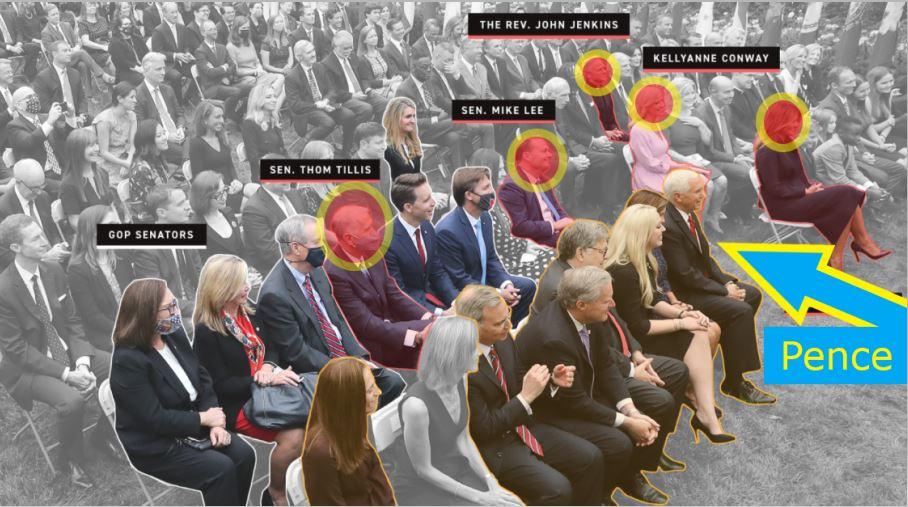John W. Whitehead
The Rutherford Institute
December 21, 2010
Before Janet Napolitano, Secretary of the Department of Homeland Security, unleashed full body imaging scanners and “enhanced” pat downs on American airline passengers, she subjected Arizona drivers to red light cameras. In August 2008, Napolitano, then-governor of Arizona, instituted a statewide system of 200 fixed and mobile speed and red light cameras, which were projected to bring in more than $120 million in annual revenue for the state. She was aided in this endeavor by the Australian corporation Redflex Traffic Systems.
Two years later, after widespread complaints that the cameras intrude on privacy and are primarily a money-making enterprise for the state (income actually fell short of the projections because people refused to pay their fines), Arizona put the brakes on the program. And while other states – including Maine, Mississippi, Montana, Nevada, New Hampshire, West Virginia and Wisconsin – have since followed suit, many more municipalities, suffering from budget crises, have succumbed to the promise of easy revenue and installed the cameras. As the Washington Post notes:
A handful of cities used them a decade ago. Now they’re in more than 400, spread across two dozen states. Montgomery County started out with 18 cameras in 2007. Now it has 119. Maryland just took the program statewide last month, and Prince George’s is putting up 50. The District started out with a few red light cameras in 1999; now they send out as many automated tickets each year as they have residents, about 580,000.
In most cases, state and local governments arrange to lease the cameras from the Redflex Corporation, with Redflex taking its cut of ticket revenue first, and the excess going to the states and municipalities.
- A d v e r t i s e m e n t
- {openx:49}
The cameras, which are triggered by sensors buried in the road, work by taking photos of drivers who enter intersections after a traffic light turns red. What few realize, however, is that you don’t actually have to run a red light to get “caught.” Many drivers have triggered the cameras simply by making a right turn on red or crossing the sensor but not advancing into the intersection.
Each municipality has its own protocol for what happens next, but generally, the photos are reviewed by Redflex, which then issues tickets to the drivers. And this is where your right to a fair and full hearing largely goes out the window. Indeed, while there is a system for challenging a ticket, it is often convoluted and onerous, with the burden of proof resting upon the driver. Even the courts have a tendency to view the cameras as infallible. According to the Washington Post, Montgomery County, “in screening the tickets to mail out, has had to kick out 23,266 ‘violations’ from May 2007 to June 2009 because ‘No violation occurred/operator error.’ And 10,813 were tossed for reasons including ‘power interruption’ and ‘equipment malfunction.’” Once in court, however, the drivers were invariably found guilty 99.7 percent of the time.
Fresh food that lasts from eFoodsDirect (AD)
Some opponents advocate ignoring the ticket altogether on the pretext that there are few real penalties to not paying. In Los Angeles, about 56,000 people have opted not to pay their red light camera tickets, resulting in roughly 45 percent of all tickets issued since 2006 going unresolved with no punishment.
The Emergency Election Sale is now live! Get 30% to 60% off our most popular products today!



